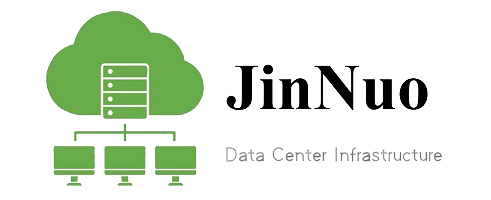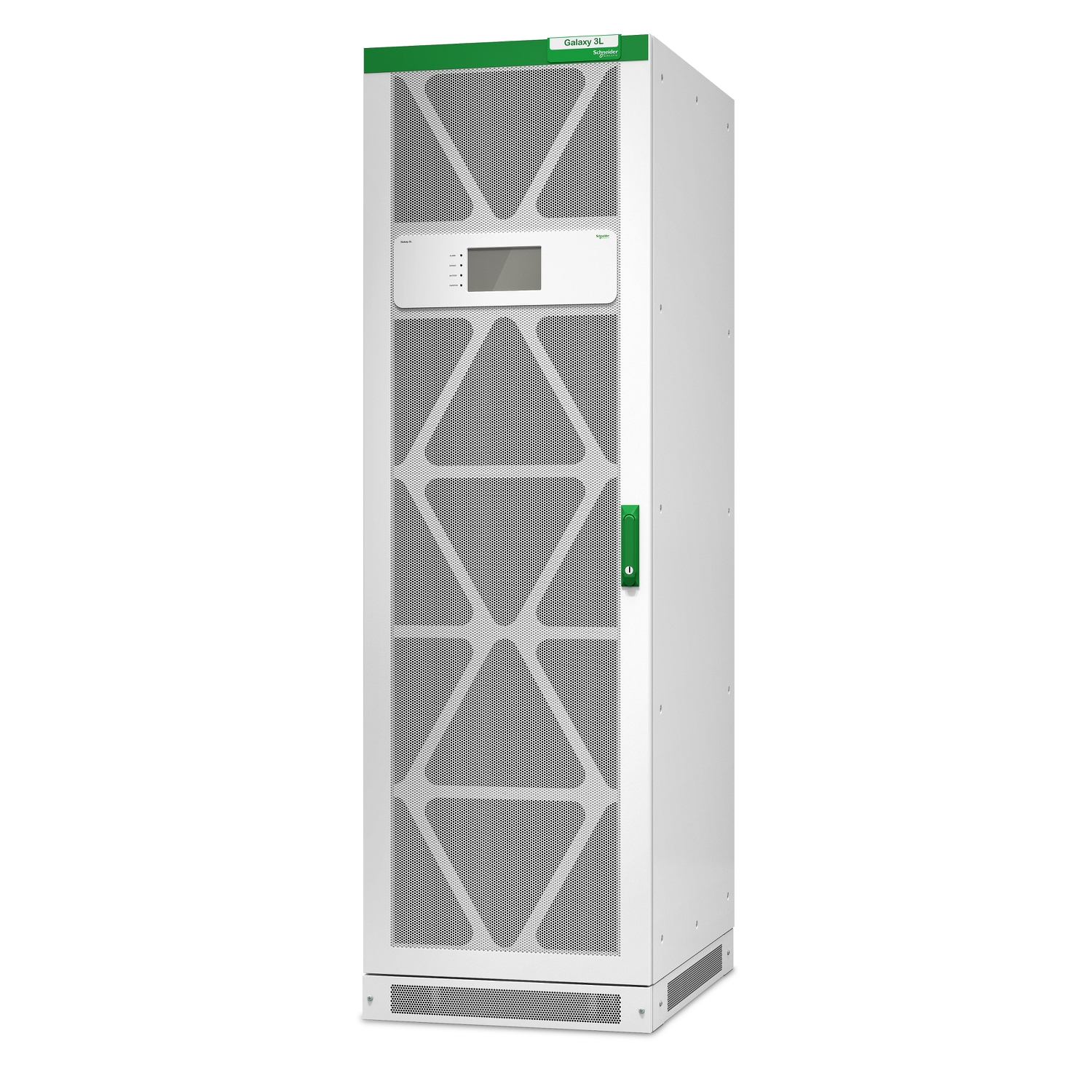3. Online UPS: When the mains power is normal, the mains power rectifies and provides DC voltage for the inverter to work, and the inverter provides AC power to the load. When the mains power is abnormal, the inverter is powered by the battery, and the inverter The inverter is always in working state to ensure uninterrupted output. Its characteristics are that it has an extremely wide input voltage range, no switching time and high output voltage stability and accuracy. It is especially suitable for occasions with high power supply requirements, but the cost is high. At present, almost all UFS with power greater than 3KVA are online UPS.
According to the output capacity, UPS is divided into small capacity below 3KVA, small and medium capacity 3KVA ~ 10KVA, and medium and large capacity above 10KVA.
UPS can be divided into three categories according to input/output mode: single-phase input/single-phase output, three-phase input/single-phase output, and three-phase input/three-phase output.
For users, three-phase power supply is easy for mains power distribution and load distribution, and each phase bears part of the load current. Therefore, medium and high-power UPS mostly adopt three-phase input/single-phase output or three-phase input/three-phase output power supply mode.
Intelligent UPS is a major development trend of UPS today. With the application of UPS in network systems, network managers emphasize that the entire network system is a protected object, hoping that the entire network system can continue to work without interruption in the event of a power supply system failure. Therefore, configuring microprocessors within UPS to make it intelligent is a new trend in UPS. The combination of hardware and software within UPS greatly improves its functionality, allowing for monitoring of the UPS’s operational status, such as output voltage frequency, grid voltage frequency, battery status, and fault recording. Software can also be used to detect batteries, automatically discharge and charge them, and remotely control power on and off. Network managers can analyze the power supply quality based on information and take corresponding measures according to the actual situation. When UPS detects a power grid interruption, it automatically switches to battery power supply. When the battery power supply capacity is insufficient, it immediately notifies the server to prepare for shutdown and shuts down on its own before the battery runs out. Intelligent UPS communicates with computers through interfaces, enabling network administrators to monitor UPS. Therefore, the functionality of its management software is extremely important.


